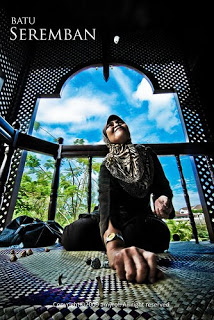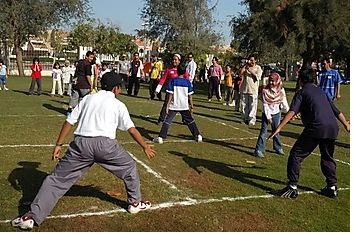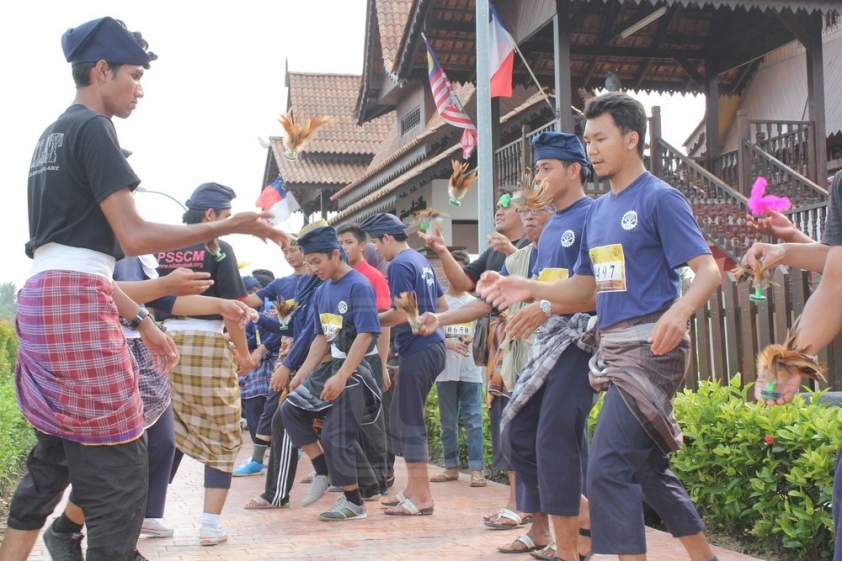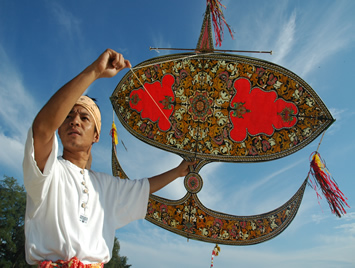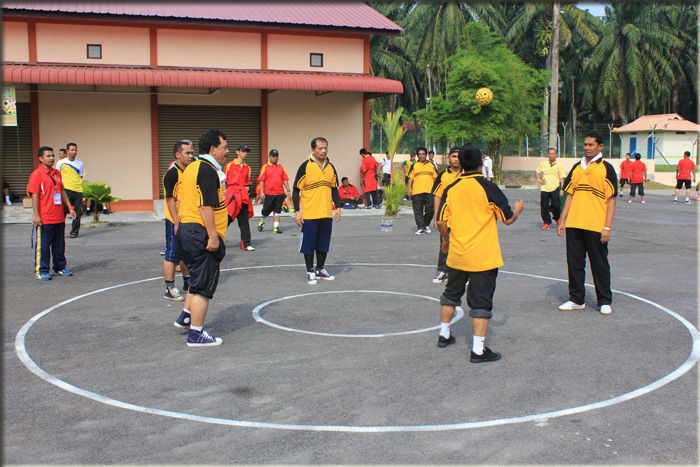Assalamualaikum w.b.t…. Hello everyone!…

This week will be our last entry for this semester under the cross cultural subject…. Without we realize, examination also is around the corner…
So, we want to share with you guys on how to become an excellent student. We hope this information can be useful for all of you in improving your studies…
As we know that each student like us would like to get excellent results in the studies, especially for those who will sit for big exams such as UPSR, SPM, STPM, and final examination for university level.
From that, students will make their parents, family, and teachers proud of them. Excellent results also allow students to pursue education in a University level and achieve their goals and ambitions in life.
Therefore, we want to help students out there to become an excellent student by sharing the tips below:
1. Always use your left brain and your right brain in balance. Try to start train yourself by using both right and left brain and stimulate it. This can help you to make the brains active.
2. Stimulate your senses in learning. Studies show that:
• We remember 10% of what we read.
• We remember 20% of what we heard.
• We remember 50% of what we heard and seen.
• We remember 70% of what is being said.
• We remember 90% of what we practiced. Basically, we need to practice it in order to remember all the knowledge that we have learnt. That is the best method.
3. Learn 3 hours a day or 20 hours a week (excluding homework). Best students are the persons who can give more time to study and focus on what they are doing.
4. Learn in a conducive environment.
For example, make sure the lighting in your area of learning is bright, less noise, and so on.
5. Do not skip the class. Class is everything in students’ life because in classroom teachers or lecturers can give new knowledge and important points in understanding the certain topics. If you miss the class, make sure you copy the required note from your friends.
6. Examine the ‘output learning’ method by training the brain using information collected such as reading a book / note, recalling facts and so on.
7. Use memory-stimulating techniques:
• Inserting information into memory (registration) ..
• Storing information in memory cells (retention).
• Recall.
• Use information to answer questions or other applications.
All these tips are coming from the National Motivation Expert, Dato ‘Dr. Fadzilah Kamsah. If there are some tips that you guys want to share with us, please feel free to comment in our blog okay!
We hope all the information that we share from entry 1 until 10 can be useful for all of you in your life. We pray that all of us can become good and excellent students and persons that can be benefits to other. Time goes so fast….and it is time to say good bye…

So take care guys….till we meet again next time….

Additional Presents:
So, below are some motivational quotes that you guys can read and get motivate from that…



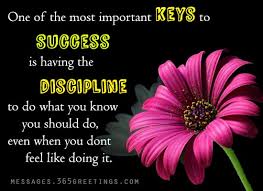


Reference:
FrogAsia Sites. (n.d.). Retrieved from https://frogasia.com/thepond/petua-dan-ciri-pelajar-cemerlang/























